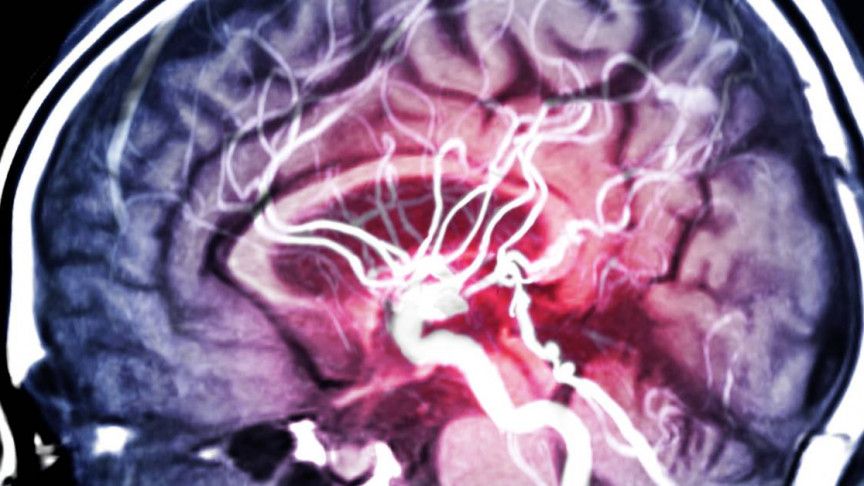Many of you know the sad news that theoretical physicist & mathematician Freeman Dyson has passed away, so in celebration of his life and achievements, Anders Sandberg (Future of Humanity Institute) discusses Freeman Dyson’s influence on himself and others — How might advanced alien civilizations develop (and indeed perhaps our own)?
We discuss strategies for harvesting energy — star engulfing Dyson Spheres or Swarms, black hole swallowing tungsten dyson super-swarms and other galactic megastructures, we also discuss Kardashev scale civilizations (Kardashev was another great mind who we lost recently), reversible computing, birthing ideal universes to live in, Meinong’s jungle, ‘eschatological engineering’, the aestivation hypothesis, and how all this may inform strategies for thinking about the Fermi Paradox and what this might suggest about the likelihood of our civilization avoiding oblivion. though Anders is more optimistic than some about our chances of survival…
Anders Sandberg (Future of Humanity Institute in Oxford) is a seminal transhumanist thinker from way back who has contributed a vast amount of mind blowing material to futurology & philosophy in general. https://en.wikipedia.org/wiki/Anders_Sandberg
Happy Future Day (march 1st) : http://future-day.org
Freeman Dyson: https://en.wikipedia.org/wiki/Freeman_Dyson
Dyson Sphere: https://en.wikipedia.org/wiki/Dyson_sphere
Aestivation Hypothesis: https://en.wikipedia.org/wiki/Aestivation_hypothesis
Reversible Computing: https://en.wikipedia.org/wiki/Reversible_computing
Kardashev Scales: https://en.wikipedia.org/wiki/Kardashev_scale
Nikolai Kardashev: https://en.wikipedia.org/wiki/Nikolai_Kardashev
Many thanks for watching!
Consider supporting SciFuture by:








